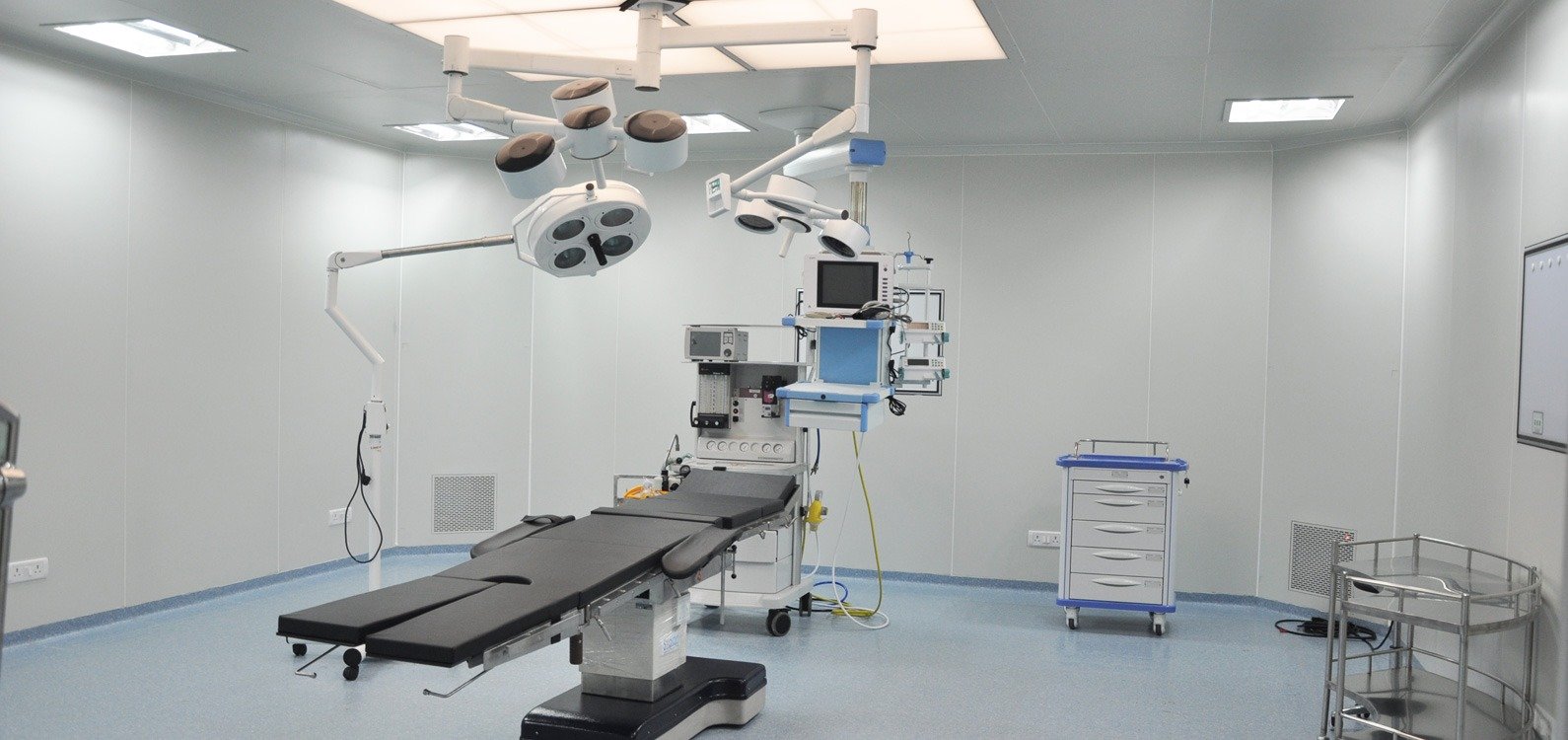Understanding Oxygen Flow Meters: Types, Uses & Best Practices | Technomed
Understanding Oxygen Flow Meters
At Technomed, we believe that precision and safety are the cornerstones of effective oxygen delivery—whether in hospitals, laboratories, or industrial settings. Oxygen flow meters are vital instruments that help control and monitor the flow of oxygen to ensure optimal performance and patient outcomes. In this blog, we explore the different types of oxygen flow meters, their key applications, and best practices for safe and accurate use.
What Is an Oxygen Flow Meter?
An oxygen flow meter is a device used to measure and regulate the flow rate of oxygen from a supply source to its destination, usually measured in liters per minute (LPM). At Technomed, we provide reliable, high-quality flow meters designed for a variety of medical and industrial applications, where precision is non-negotiable.
Types of Oxygen Flow Meters
1. Rotameter (Thorpe Tube)
This is the most widely used type in clinical environments. It features a clear tube and a floating ball or bobbin that rises in response to flow rate.
-
Common Use: Wall-mounted oxygen systems
-
Technomed Tip: Best used in stable, vertical setups where constant pressure is ensured.
2. Bourdon Gauge Flow Meter
A portable, pressure-based system ideal for emergency and home care settings.
-
Common Use: Ambulances and oxygen cylinders
-
Technomed Insight: Preferred for mobility and field use.
3. Digital/Electronic Flow Meters
These offer high precision, easy-to-read digital displays, and advanced automation capabilities.
-
Common Use: Critical care units, high-tech labs
-
Technomed Edge: Our digital meters are designed for maximum reliability and easy integration.
4. Mass Flow Meters
Used for highly sensitive environments, these meters measure actual mass flow instead of just volume.
-
Common Use: Scientific labs and gas-blending systems
-
Technomed Advantage: Ideal for ultra-precise control needs.
Applications Across Industries
🏥 Medical Settings
-
Oxygen therapy
-
Anesthesia management
-
ICU and emergency transport
Technomed’s oxygen meters ensure life-saving care is always accurate and dependable.
🧪 Laboratories
Used to regulate oxygen in sealed environments, chemical experiments, and research applications.
🏭 Industrial Environments
-
Welding and cutting operations
-
Combustion control
-
Industrial gas blending
Technomed flow meters are engineered to handle harsh conditions with long-term durability.
Best Practices from Technomed
-
Mount Correctly: Keep vertical flow meters aligned properly.
-
Inspect for Leaks: Use bubble test or leak detectors regularly.
-
Avoid Oil Contamination: Only use oxygen-safe materials—especially in medical environments.
-
Schedule Routine Calibration: Our service team at Technomed can handle professional calibration for compliance and accuracy.
-
Know Your Range: Match the flow meter range with your use case (e.g., 0–15 LPM for therapy, 0–50+ LPM for industrial use).
Troubleshooting Tips
-
Inconsistent Readings? Inspect for partial blockages or unstable inlet pressure.
-
Float Not Moving? Verify pressure source and clean the tube.
-
Sudden Drops in Flow? Look for hose kinks or leaks in the connections.
What’s Next: Smart Oxygen Flow Meters
At Technomed, we’re actively exploring the future of flow technology, including:
-
Bluetooth-enabled meters
-
Remote monitoring systems
-
Real-time data logging
-
Integration with electronic health systems (EHS)
These innovations are part of our ongoing mission to deliver smarter, safer, and more efficient oxygen flow systems.
Final Thoughts
Understanding how oxygen flow meters work—and selecting the right one for your needs—can make all the difference in treatment outcomes and operational efficiency. Whether you’re managing a healthcare facility or an industrial operation, Technomed offers a full range of trusted, precise, and easy-to-use flow meters.
📞 Need expert guidance? Contact Technomed today for a personalized consultation or product demo.




